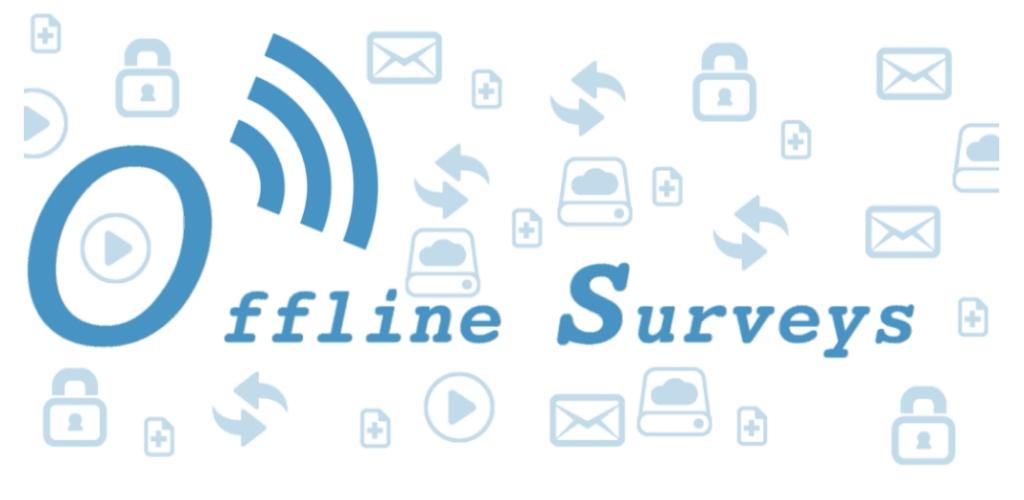When it comes to gathering insights from your target audience, surveys are one of the most effective tools at your disposal. But here’s the catch – choosing the right survey distribution method can make or break your data collection efforts.
Whether you’re a business owner, researcher, or marketer, understanding the pros and cons of online versus offline surveys is crucial. Each approach brings its own set of advantages and challenges, and selecting the wrong one could mean missing out on valuable feedback or wasting time and resources.
Let’s walk through both methods, compare their effectiveness, and help you decide which one suits your goals better.
Table of Contents
Why Does Survey Distribution Method Matter?
Before we jump into comparing online and offline surveys, it’s important to understand why the distribution method matters in the first place.
Your choice impacts several key areas:
Response Rate: Different audiences respond differently depending on how they receive the survey.
Data Quality: Some platforms may lead to incomplete or low-quality responses.
Cost Efficiency: Budget constraints play a big role in deciding whether to go digital or traditional.
Audience Reach: Certain groups might be harder to reach through specific channels.
Ease of Analysis: How easy is it to gather and interpret the collected data?
Getting this part right ensures smoother operations, better engagement, and actionable insights.

What Are Online Surveys?
Online surveys are distributed digitally via email, social media, websites, or mobile apps. They’re hosted on survey platforms like Google Forms, SurveyMonkey, Typeform, or custom-built forms integrated into your website.
These days, online surveys have become incredibly popular among businesses and researchers alike due to their convenience and scalability.
Key Benefits of Online Surveys
1. Cost-Effective
You don’t need printing, postage, or manual labor to collect responses. Everything happens electronically, saving you money and effort.
2. Quick Turnaround Time
Once your survey is live, participants can start responding immediately. There’s no waiting period for physical delivery or return shipping.
3. Easy Data Management
Responses are automatically stored and organized in spreadsheets or databases. Most platforms offer built-in analytics, making analysis faster and more accurate.
4. Wider Audience Reach
With internet access becoming nearly universal, you can easily reach respondents across different geographical locations and demographics.
5. Interactive Features
Modern survey tools allow multimedia integration – images, videos, interactive elements – enhancing respondent experience and increasing completion rates.

Challenges With Online Surveys
Despite their benefits, online surveys aren’t perfect. Here are some common drawbacks:
Digital Divide: Not everyone has reliable internet access or owns devices capable of taking online surveys.
Survey Fatigue: Over-surveyed individuals often ignore or skip digital questionnaires.
Lower Response Rates: Email-based surveys frequently get lost in spam folders or ignored altogether.
Technical Barriers: Older adults or those unfamiliar with technology may struggle to complete online forms.
In situations where reaching certain segments proves challenging, offline surveys might prove more effective.
What Are Offline Surveys?
Offline surveys involve distributing paper questionnaires either physically or through postal mail. This includes face-to-face interviews or handing out printed forms at events, stores, or public places.
While old-school compared to modern standards, offline surveys continue to hold relevance, especially in niche markets or underrepresented communities.
Advantages of Offline Surveys
1. Higher Trust Among Participants
Some people feel more comfortable sharing sensitive information on paper rather than submitting personal data online.
2. Better Accessibility
Not all populations rely heavily on digital devices. In rural areas or among elderly respondents, pen-and-paper surveys ensure inclusivity.
3. Personal Touch
Face-to-face interactions during offline surveys create trust and encourage honest responses. Interviewers can clarify doubts instantly.
4. Reliable for Sensitive Topics
In studies involving health issues, financial behavior, or controversial subjects, physical presence reduces hesitation and improves accuracy.

Limitations of Offline Surveys
However, offline methods come with limitations too:
Higher Costs: Printing, logistics, personnel – all add to expenses significantly.
Slower Process: From design to collection, processing timelines stretch much longer than digital alternatives.
Manual Effort Required: Entering handwritten responses manually increases chances of error and consumes considerable time.
Limited Reach: Physical boundaries restrict outreach scope unless massive investment is involved.
Given these factors, organizations must weigh trade-offs based on their objectives, budget, and target group characteristics.
Online vs Offline Surveys: A Direct Comparison
| Factor | Online Surveys | Offline Surveys |
| Speed of Deployment | Fast | Slower |
| Cost Per Response | Lower | Higher |
| Data Accuracy | High (automated entry) | Moderate (manual input required) |
| Target Demographics | Tech-literate users | All age groups |
| Privacy Perception | Mixed feelings | Higher trust levels |
| Flexibility in Design | Extensive customization options | Limited creativity |
| Integration Capabilities | Seamless API integrations | Manual handling only |
As seen above, each method excels in particular contexts but falls short elsewhere. So, which should you prefer?
When Should You Choose Online Surveys?
Here are scenarios where going digital makes sense:
Large-Scale Research Projects
If you’re targeting hundreds or thousands of participants spread globally, online surveys reduce overhead costs while ensuring timely delivery.
Quick Feedback Needs
Businesses launching new products or services benefit greatly from real-time customer opinions captured through pop-up web forms or social media polls.
Quantitative Studies
Statistical analyses thrive on structured datasets provided effortlessly by automated online systems.
Repetitive Surveys
For longitudinal tracking or repeated assessments over time, sending periodic emails becomes far easier and economical than reprinting materials.
Younger Audiences
Millennials and Gen Z consumers generally favor digital interaction modes, resulting in higher participation when surveyed online.

When Should You Opt for Offline Surveys?
On the flip side, consider using offline methods in the following cases:
Rural or Underserved Populations
Where connectivity is poor or nonexistent, delivering paper forms ensures inclusiveness and representation.
Senior Citizens & Technophobic Groups
Older generations often resist technological adoption. Providing them with physical copies encourages honest, thoughtful replies without intimidation.
Focus Group Interviews
Deep-dive qualitative research demands interviewer presence to observe body language cues, facial expressions, and spontaneous reactions.
Confidential Surveys
People dealing with trauma, medical conditions, or financial struggles typically express greater willingness to share truths anonymously in private settings.
Event-Based Outreach
Trade shows, conferences, or community gatherings present golden opportunities to hand-deliver surveys directly to interested parties.
Blending Both Approaches: Hybrid Solutions
Many successful organizations today adopt hybrid models combining strengths from both worlds. For example:
Distributing QR codes linking to online versions alongside printed flyers.
Conducting preliminary interviews offline followed by follow-up digital tracking.
Using tablets or smartphones for field interviews to digitize responses instantly.
Hybrid strategies maximize reach, improve quality assurance, and balance cost-effectiveness with accessibility.

Best Practices for Choosing Your Survey Method
To make an informed decision, keep the following tips in mind:
Understand Your Audience
Know who you’re targeting. Analyze demographic profiles including tech familiarity, literacy levels, geographic dispersion, and cultural preferences.
Define Objectives Clearly
Are you aiming for broad awareness or deep understanding? Is speed essential or can you afford extended timelines? Align choices accordingly.
Pilot Testing Helps
Test both approaches on smaller samples before full-scale rollout. Monitor response patterns, completion times, and participant satisfaction metrics.
Review Past Performance
Look back at previous campaigns. Did similar strategies yield favorable outcomes in terms of quantity and quality of data received?
Consider Third-Party Support
Sometimes outsourcing parts of the process –data entry or distribution– helps optimize efficiency without compromising control.
Read More
Get Paid for Your Opinion: Top Trustworthy Survey Sites
Improving Communication: A Practical Guide to Online Employee Surveys
Machine Learning for Customer Review Analysis: From Data to Deployment
Final Thoughts
Choosing between online and offline survey distribution isn’t just about trends or preferences; it requires strategic thinking aligned with project goals, budget considerations, and audience dynamics.
Both methods serve distinct purposes effectively. Rather than viewing them as competing forces, treat them as complementary assets working together toward richer insights and stronger decision-making capabilities.
Remember, success lies not in picking sides but in adapting flexibly according to evolving needs and circumstances. Whether you choose fully digital workflows, classic paper formats, or blended hybrids – ensure clarity, empathy, and user-centricity guide every step along the way.
That said, don’t forget to measure performance consistently post-deployment. Track KPIs like response rate, drop-off points, average completion time, and feedback sentiment to refine future initiatives continuously.
Ultimately, the ideal survey method depends entirely on what you hope to achieve, whom you intend to listen to, and how willing they are to engage. Equip yourself wisely, stay adaptable, and watch meaningful conversations unfold around your brand or cause.

